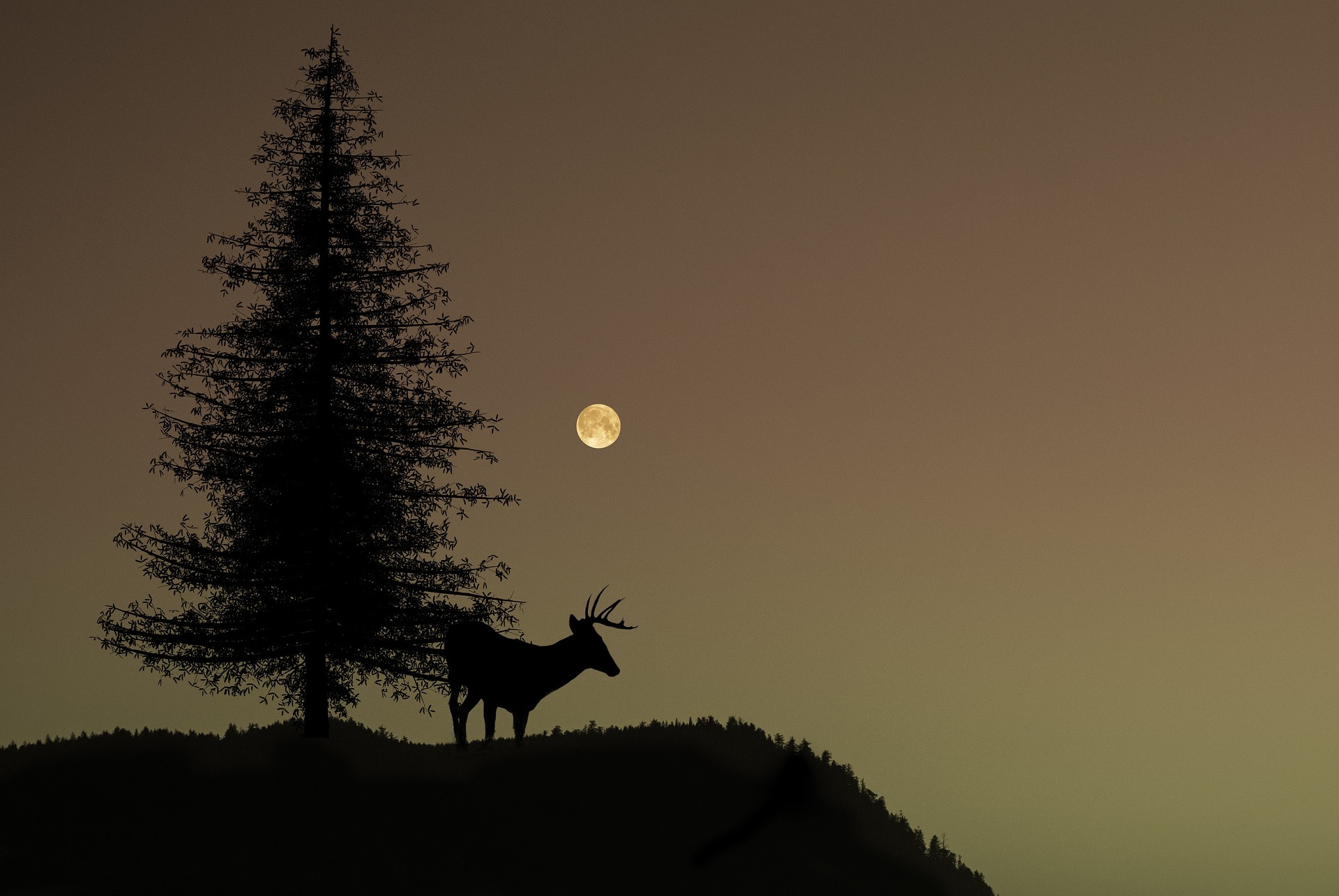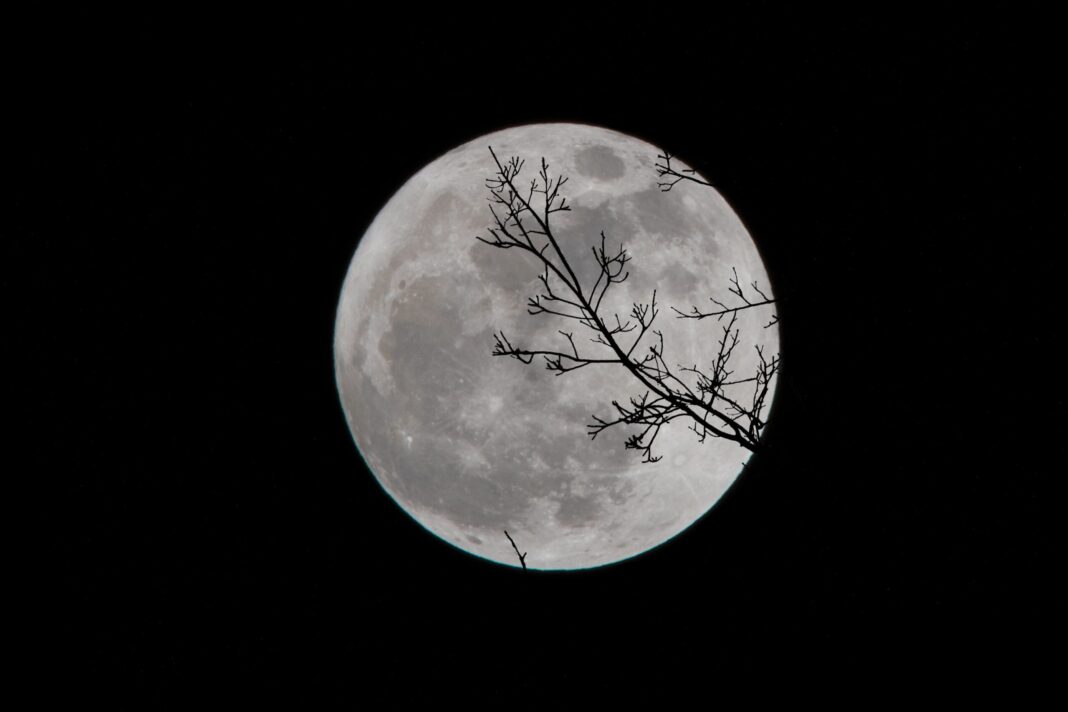This year, the full Hunter’s Moon rises on Wednesday, October 20! This is one of the two full Moons that enjoy an official astronomical name. So, will it be bigger, brighter, and redder? Here’s all you need to know!
What Is the Hunter’s Moon?
People like objects to have names. While the full Moon is always recognizable and indeed the only phase that’s out all night long, perhaps most folks wish that each was a bit more special. There are 13 full Moons each year, making each one nice but far from rare. Maybe that’s why we want to attach a unique label to each full Moon, be it blood Moon, super Moon, strawberry Moon, or whatever.
Of course, the Native American peoples named the Moons to track the seasons. The full Moon coming up this month was called the Corn Ripe Moon by the Taos. Similarly, it was named the Ripe Corn Moon by the Laguna. The Nez Perce called this the Falling Leaves Moon and it’s hard to argue with that.
But it was the seasonal Moon name used by the Algonquin tribe that also became a term used by modern astronomers: the Hunter’s Moon.

Why Is the Hunter’s Moon Special?
The Hunter’s Moon is the first full Moon after the Harvest Moon (which was in September this year), which in turn is the closest full Moon to the autumn equinox. Because of this, the upcoming Hunter’s Moon shares a similar behavior. The Harvest and Hunter’s Moons are the annual full Moons whose nightly appearances are delayed by the most minimal amount. I’ll explain.
Normally the Moon rises about one hour later each night. But the Harvest and the Hunter’s Moons come up only about half an hour later each night, an effect that begins a couple of nights before this full Moon and runs for 3 or 4 nights in a row.
So, those who are outdoors participating in some evening twilight activity, which in October in bygone centuries was usually hunting, but for modern sky watchers might simply be camping out outside, find the full or nearly full Moon rising around sunset to provide additional welcome light for several evenings in a row.
That’s the whole story. It’s a tale of extra moonlight at convenient hours just after sunset.
Moon Illusion?
Bigger, Brighter, and Redder
Is a Hunter’s Moon bigger, or brighter or redder than any other Moon? The short answer is no. The Moon itself is not actually a bigger size nor does it emit more light.
So, why the mystique? Because the Hunter’s Moon provides extra light at sunset, many people look for this Moon at sunset—when it’s near the horizon. Any Moon near the horizon will appear bigger because the horizon provides more size perspective. It’s called the Moon Illusion.
Also, when you look at a full Moon near the horizon, it often looks more red or orange because the light rays have to travel further in the atmosphere before it gets to you. The short wavelength blues and greens scattered and only the longer wavelengths (reds, oranges) are left to be seen. Most of the red light, which is the least scattered, enters our eyes. Hence, the light from the Moon appears red or orange.
To conclude, don’t imagine that the Hunter’s Moon is special because it looks different from any other. While it provides extra moonlight, it does not appear bigger, smaller, redder, dimmer, or brighter. Except for its unique behavior, It’s just another beautiful full Moon.
Find more information about the Hunter’s Moon in the Almanac’s October Full Moon Guide!


